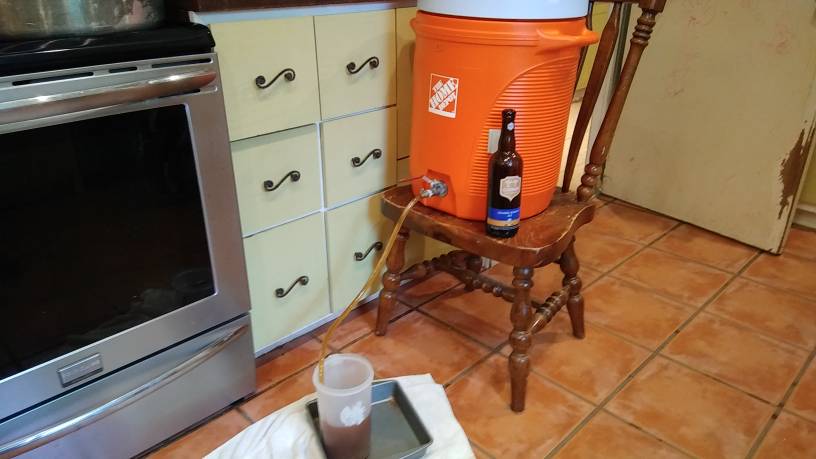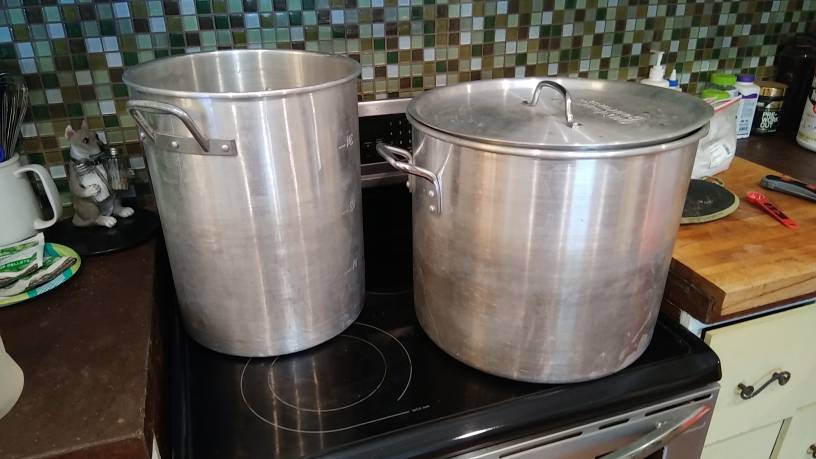augiedoggy
Well-Known Member
Yes, To really appreciate the difference it helps to actually use them both.Besides durability and larger size options?
But they have advantages for many of the same reasons just about all commercial breweries use them over buckets or containers with spigots. They are easier to clean with more resistance to infection vs plastic, the conicals can be used to keg or bottle without oxygen exposure, trub and dead yeast can be more adequately removed at different points in the fermentation process without negatively impacting beer like oxygen exposure and or greater risk of infection from transferring to a secondary. also the cone shaped bottom minimizes the amount of dead yeast to beer surface area at any given point during fermentation which helps with autolysis (Im aware I spelled that wrong.)
I have both plastic and stainless conical fermenters at home and at the brewpub and the stainless conicals are worth the extra investment to me. so much so that as soon as space permits we are upgrading to stainless unitanks. for home brewing , having a unitank may not offer as many advantages and can actually be a disadvantage in the sense that it can slow everything down and prevent as much beer from being able to be made due to conditioning, carbonation and cold crashing tieing up the unitank and holding up the next brew. however to some having zero yeast in the keg and brite clean beer going into them might outway that. especially when one can afford multiple unitanks.















![Craft A Brew - Safale S-04 Dry Yeast - Fermentis - English Ale Dry Yeast - For English and American Ales and Hard Apple Ciders - Ingredients for Home Brewing - Beer Making Supplies - [1 Pack]](https://m.media-amazon.com/images/I/41fVGNh6JfL._SL500_.jpg)











































